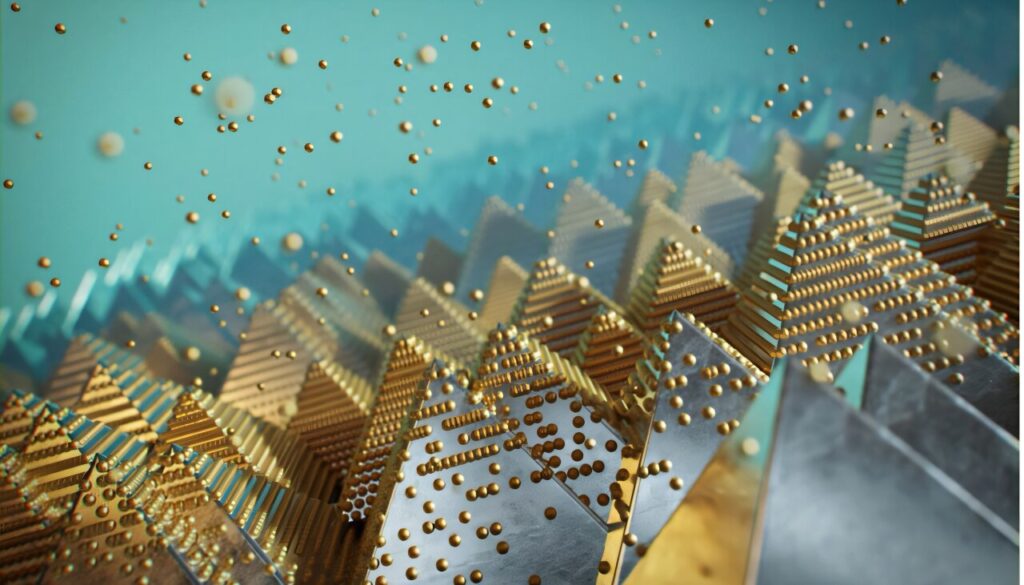Near-infrared photodetectors are used in biomedical sensing and defense and security technologies. For enhanced performance and integrated, compact imaging systems, the photodetectors must be able to detect multiple wavelengths of light at once on a single chip.
Quantum dots—tiny crystals made of semiconducting material—could present a path forward, because different-size dots can be engineered to absorb different wavelengths of light. However, depositing films of quantum dots is difficult on the textured, corrugated surfaces used in the infrared regime.
In a study published in Nanoscale, researchers at Lawrence Livermore National Laboratory (LLNL) presented a new method for depositing quantum-dot films on corrugated surfaces. The technique eliminates the need for post-processing and advances the scalability and performance of quantum dot-based photodetectors.
In the infrared, arrays of pyramids or other microstructures can improve the optical performance of photodetectors by increasing the probability that photons will be absorbed.
“Textured substrates allow for more efficient utilization of incoming infrared light, thereby improving detector responsiveness without requiring excessively thick quantum-dot films,” said LLNL scientist and author Tom Nakotte. “However, conformally coating such non-planar geometries with uniform, crack-free quantum-dot films is challenging with traditional deposition methods.”
To address this problem, the team used electrophoretic deposition, which drives charged particles through a solution with an electric field. When immersed in this liquid environment, quantum dots migrate toward an electrode with the opposite charge. When they reach that electrode, they assemble into a film.
“By turning the electric field on or off, one can start or stop the deposition process,” said LLNL scientist and author Christine Orme. “Additionally, since only surfaces under an applied bias receive deposition, electrophoretic deposition naturally enables selective coating—allowing quantum dots to be deposited only on predefined regions of a patterned chip.”
Traditionally, quantum dots are synthesized with long organic ligands, molecules that bind to the dots and stabilize them in solution. But after the quantum dots are deposited as a film, those long ligands act as insulators, hinder charge transport, and limit device performance. Removing long ligands with post-processing increases production time and the likelihood of defects, as it can create large cracks in the film.
With careful solvent (liquid) engineering, the researchers fabricated quantum dot films using short ligands, which are more conductive and negate the need for post-processing.
“By combining in-solution ligand exchange with electrophoretic deposition, this paper showed that dense, conformal and electronically functional quantum-dot films can be deposited in a single step,” said LLNL scientist and author Xiaojie Xu.
To demonstrate the technique, the group created two simple photoconductors that showed the expected response to light.
While this study demonstrated the ability to create quantum-dot films on patterned substrates, the next step will involve depositing different sizes of the dots on different regions. This will enable tailored sensors that can detect multiple wavelengths of light.
Provided by
Courtesy of LLNL


